The land of sea, sun, and sand, Andaman Island was once a tribal island devoid of any contact with the mainland. Over the years, the invasion of Britisher’s then post-independence tourism has increased in the Andaman Islands and many people from Bangladesh, Bengal, and other states have settled in this conglomerate of 525 islands.
But this has played havoc in the tribal communities and most of them have become extinct. The ones left are in isolation mode in order to preserve their legacy and prefer to live a primitive life in a pre-Neolithic manner.
How could have these tribes reached the Andaman Islands?
It is believed that these tribes have been in the Andaman Islands for the past 60,000 years and were originally slaves from Africa. People believe during the Portuguese shipwreck in the Andaman Islands in which these African slaves were on board escaped from the ship and made the islands their native place.
But after long research by the Anthropologists, it has been concluded that these tribes are Negrito, not Negros.
The Andaman Islands have six main tribes that are broadly categorized according to their features namely: Negrito and Mangoloid.
Out of the six tribes, four tribal communities are part of Negrito including Great Andamanese, Jarawa, Onge and Sentinelese and in the Mangoloid category, there are only two tribal communities including Shompen and Nicobarese.
The Negrito group resides in Andaman Island whereas the Mangoloids reside in Great Nicobar Island.
The only thing common in these communities is that they do not like any human interaction and are non-vegetarians.
In this blog, we will discuss the various tribes of Andaman, their history, and current scenario and the reason behind tribal tourism is not promoted in the Andaman Islands.
Different kind of Tribes exists in Andaman
Great Andamanese: This tribe is part of Negrito which is believed to migrate to the Andaman Islands from Africa 60,000 years back. There were ten different tribes that spoke different languages and had different cultures but they united to fight one common enemy i.e. Britisher’s in 1788 and save the Andaman Islands from getting invaded and won.
But soon after in 1858, they lost the battle and most of the tribal communities were destroyed post invasion while young men were killed in the battle of Aberdeen only. With the handful of 625 Andamanese, they fled the island and shifted their base to Straight Island and since then have been living in isolation to protect their limited population from outsiders and keep their legacy alive.
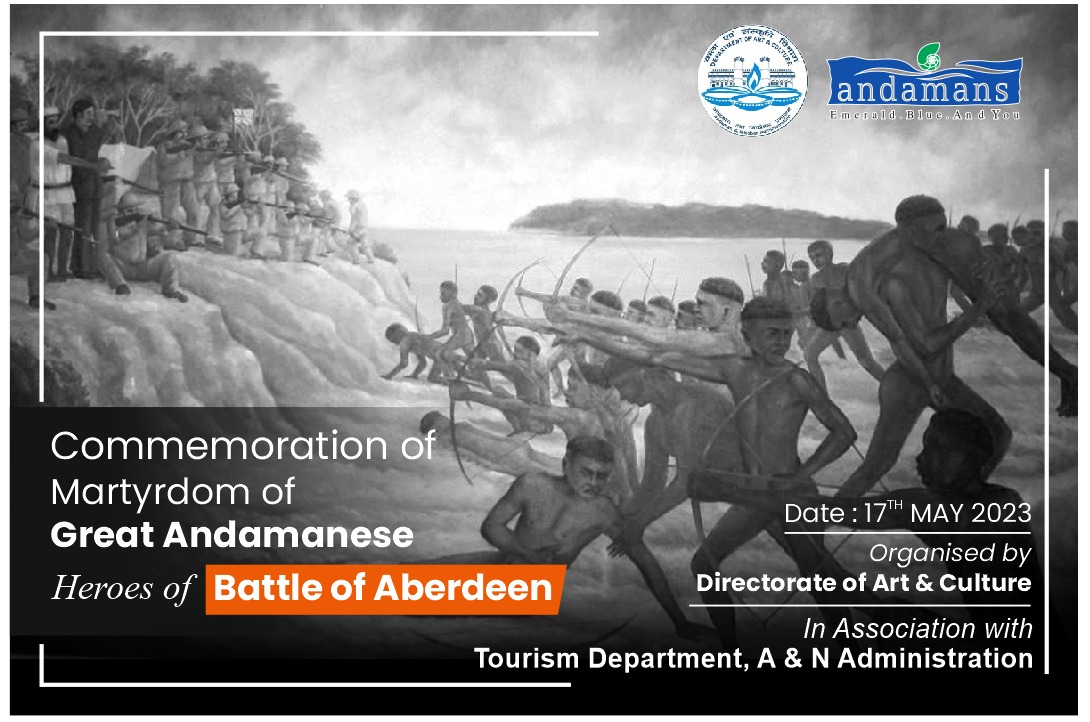
Straight Island is located in North of the Andaman Islands and comes under North and Middle Andaman administration.
Even in the worst circumstances where only 10 tribal Andamanese were left, they preferred to stay away from outsiders and have multiplied to 43. Their main occupation is hunting and gathering but over the years have started interacting with natives and under the protection of government they get rice and other food products for survival.
They have also started occupation like poultry and horticulture but still, they prefer no human contact.
Onge: It is considered the most primordial tribe in Andaman Islands and is located in South Andaman. They suffered a massive blow on their population after British invasion as their population reduced from 672 to 92 in 1901 but after the independence, there has been a significant Initially, they also shied away from the natives but with time have befriended the local residents and administration has been able to provide them with basic amenities like food, shelter, and clothing.
This tribe is known for its craftsmanship and artisan as they can make canoes and many other accessories from shell and wood.
Onge tribe is mainly located in South Bay and Dongong Creek and prefer to hunt rather than cultivate. A section of this tribes stays at Little Andaman Islands. While the male of the house goes for hunting and some have started coconut and crop plantation; a woman of the house find roots and tubers beneath the soil. Recently, a public school has been opened for this tribe where student and other tribe members can study.
The only problem or challenge with this tribe is alcohol and tobacco consumption which has led to increase in the number of deaths in recent years but the administration is looking into it and creating a de-addiction program for tribal communities.
Jarawa: Jarawa tribe was popularly known as the most hostile tribe in the Andaman Islands and their name suggests the outsiders. They are located in the southeast of Andaman and have rigidly followed the no-human contact policy.
Till the eighties, this was the most feared tribal community as they used to attack with poisonous arrows but since 1996 their hostility has reduced because one of their injured tribal men was treated in the hospital in Port Blair.
The main occupation of this tribe is gathering and hunting but they proved to be craftsmen as well with their skill in making arrows and metal tools.
Andaman Government has declared entry into their areas forbidden but with the construction of the Andaman Trunk road that connects Baratang island, Middle and South Andaman have led to the exposure of this tribe as the road goes deep in the reserved area.
Over the years, Jarawa has become familiar with outside world and do not mind getting clicked in return of food or other useful items but travel package is still banned in their region.
The main reason behind this that they are a handful in number hardly 400 and it is important to save them from foreign diseases for which they have no natural cure or shield.
The Andaman administration takes special care in protection of all the tribes.
Sentinelese: Located on the Sentinel Island in North of Andaman, the Sentinelese still follows isolation policy and even Government has issued no-contact instructions with this tribe as it is the most hostile tribe to They are geographically situated on an island which is distant from another island which is their major advantage and secondly, they are very aggressive when it comes to protection of their tribe.
It seems like they live in a stone age as their occupation includes hunting and fishing; they do not wear anything and they adorn jewellery made of shells only for aesthetics purpose not to cover them up. Even in this age, they do fishing with bow and arrow at shallow land, build small boats called canoes to travel but have no awareness of pedalling or using oars.
Sentinelese tribe is very protective of their community and hence have defied or counter-attacked all the efforts made by the administration to help them with food and kind. Over the years the government had made efforts to establish contact with them but they attack with their arrows and spears which have led to the death of two fishermen.
A foreign national was killed trying to contact with Sentinelese tribes in 2019. Know more about the story at https://www.theguardian.com/world/2019/feb/03/john-chau-christian-missionary-death-sentinelese
So the government has restricted entry in their area and even anthropologists recommended to leave them alone.
Shompen: They are considered ancestors of Malayans who migrated and established their base in the Great Nicobar Island. This tribe is considered Mangoloid tribe and are nomads with no fixed settlement. Shompen tribe has never been hostile and in fact, have established trade relations with natives and come to the village to get a ration.
This tribal community is known for hunting and gathering and prefers to build their own huts over the slop or hills or valley and stay for some time.
Being shy in nature, Shompen community prefers to stay peacefully in their area and graciously accept government help in terms of food, shelter, utensils, etc. Though the valley they live in is very fertile and has vegetation all around but they love to hunt pigs and fishes for a meal.
Nicobarese: This tribe has flourished and has a population of thousands, whereas other tribes are struggling to conserve and retain their legacy. Nicobarese has categorized into 6 different tribes and every tribe has its own cultures, traditions, occupation, and habitat and can be easily identified. Their staple food id coconut followed by rice, fish and Pandunus.
They prefer to live in joint families known as Tuhets and love marriage is a common practice in this tribe. They love to adorn shell jewels, celebrate life events dancing and singing.
Their main occupation is pig farming and horticulture and they love to stay near seashores which worked against them at the time of Tsunami as they lost many lives during that natural calamity.
So this was about the tribes of the Andaman Islands but the question arises:
Complete Prohibition of Any Tribal Tourism Or Any Interaction with the Tribes of Andaman
Why people can’t get a tribal package and explore these communities? As mentioned above, these tribal communities prefer to stay alone and human contact is not what they seek.
One of the reasons to have restrictions on visiting these zones are because of they can become aggressive and hurt the tourists.
It is true; they are protective of their community, especially after the war of Aberdeen. Secondly, these tribal communities are solely dependent on nature for food, shelter, and clothing. So when the restrictions will be lifted, their natural habitat will suffer as there will urbanization which will lead to the cutting of forests which is their home.
Thirdly, these tribal communities live as if they are still in Stone Age and lack basic amenities to counteract any disease spread because of foreign contact.
How the administration supports these tribes?
The administration of the Andaman Islands along with the cooperation of the Indian Government has taken responsibility of the conservation and survival of these tribes.
They provide food, shelter, and clothing to the tribes and ensure that they are protected from human threats. As these tribes are not capable of protecting themselves from foreign diseases or situations, their areas or islands are prohibited from tourism.
Over the years few tribes have started interacting with the natives of the Andaman in the form of trade and even the administration has started constructing shelters and schools for tribal children.
The demography of these tribes has reduced over the years, hence it is important to keep these tribes reserved and protected from mankind so that their legacy remains and they live a comfortable and undisturbed life in the restricted areas.
When you visit Andaman and Nicobar Islands as a tourist, you can explore all the places in the Andaman Islands that are open to tourists without any interaction with tribals. A complete ban on pictures and photographs of any kind while you pass through any tribal reserve. When you are traveling from Port Blair to Baratang, Rangat, Long Island, Mayabunder or Diglipur you will is most cases pass through the Jarawa tribe reserve. It is important to understand that it is strictly prohibited to interact/take photos/videos of the tribals while you pass through the reserve.
When you come as a tourist all entries are made while you pass through the reserve. In your Andaman Island Tour Packages, where you have a trip that passes through the tribal reserve we take special caution to make you aware that while passing through restricted areas all your cameras should be inside and no photos or videos are allowed. It is punishable by law to take photos and videos of members of the tribes. Once you have passed the restricted areas, you are allowed to take photos/videos as usual.
As a tourist, we want you to be aware and to take necessary caution while passing through any tribal reserve in Andaman.


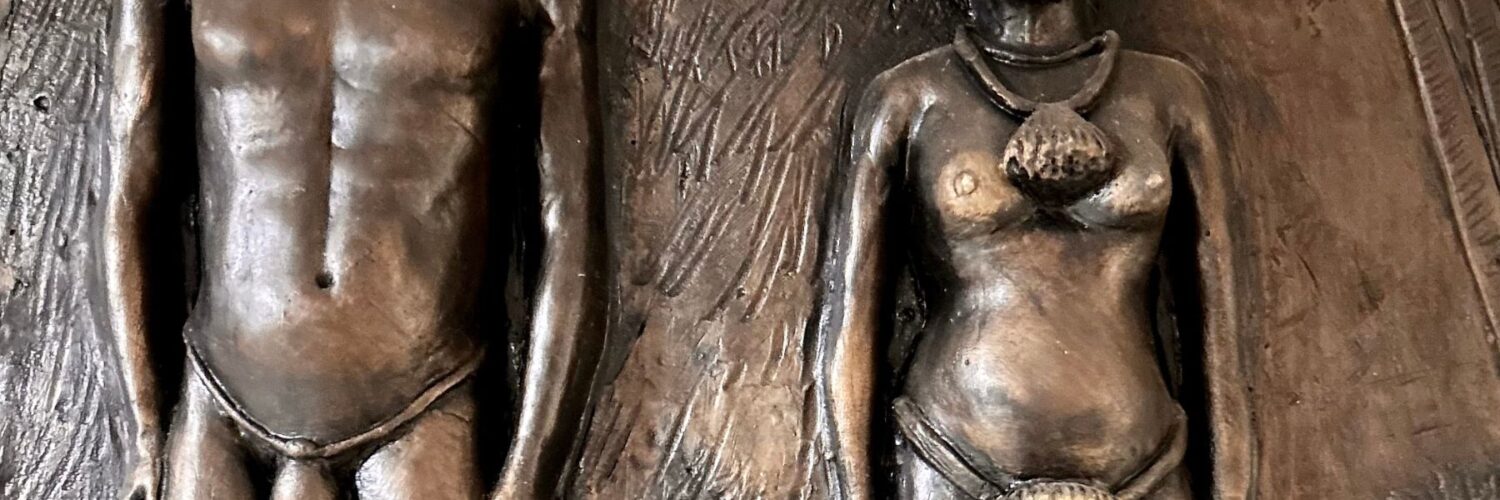
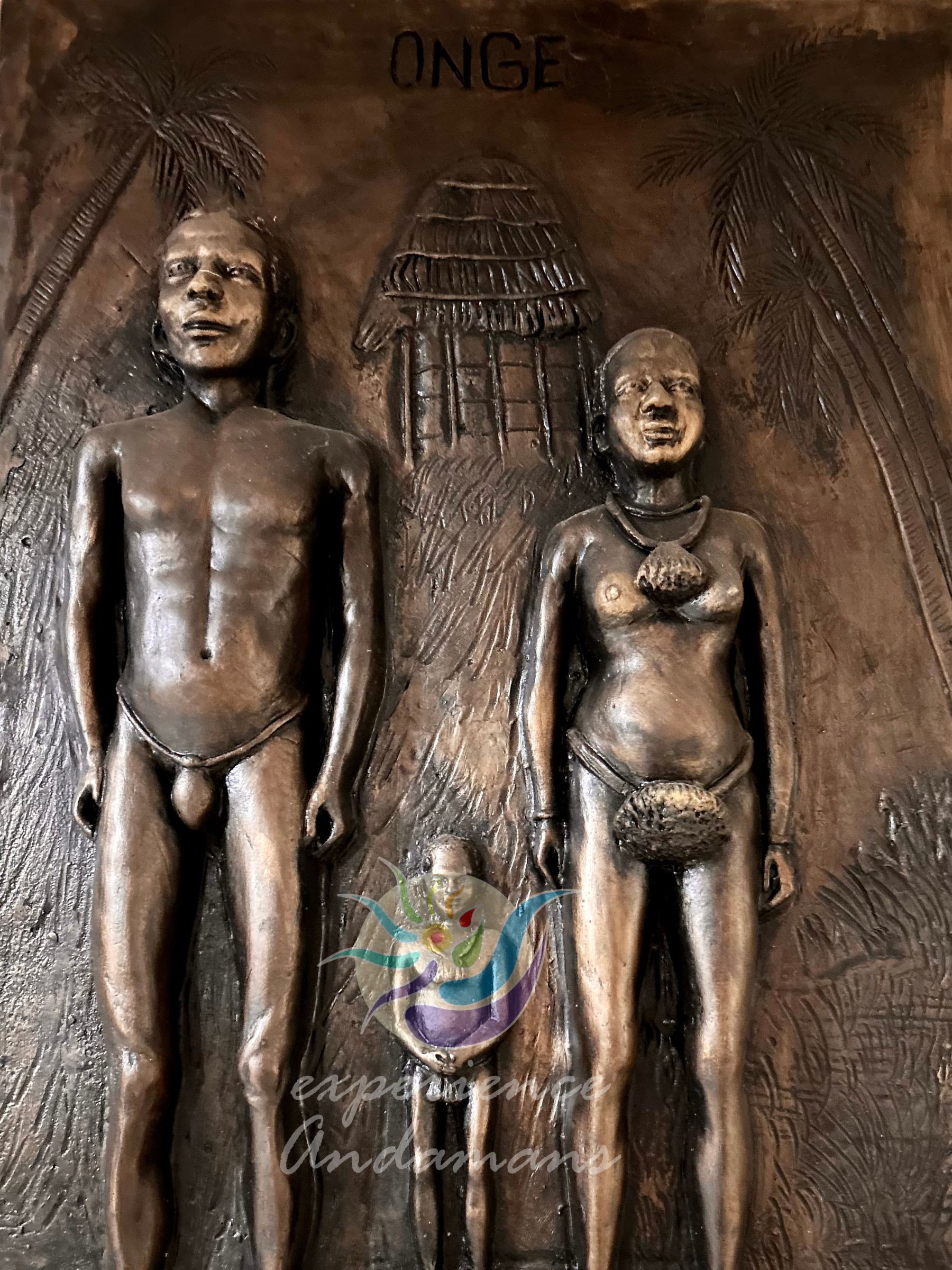
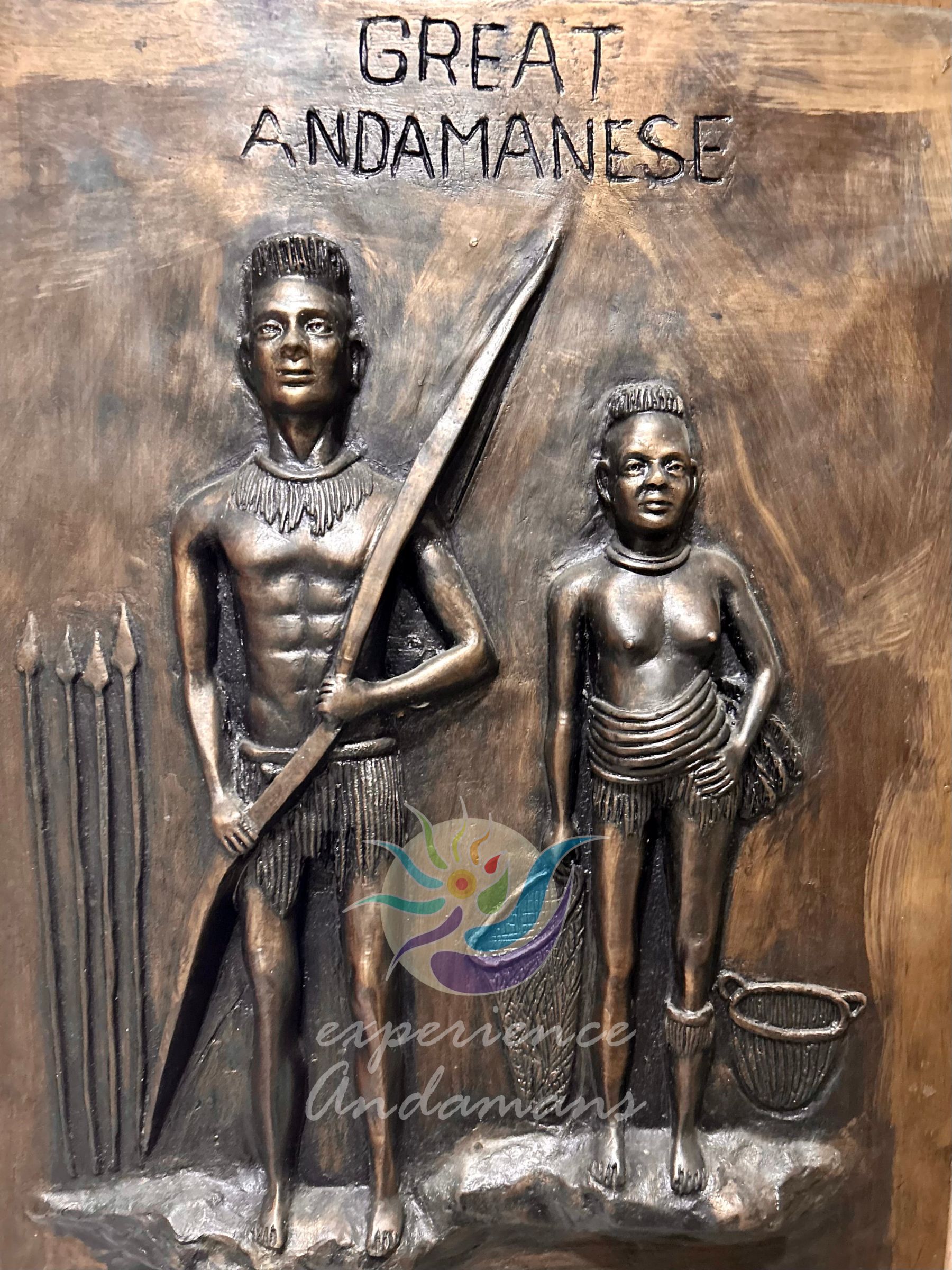
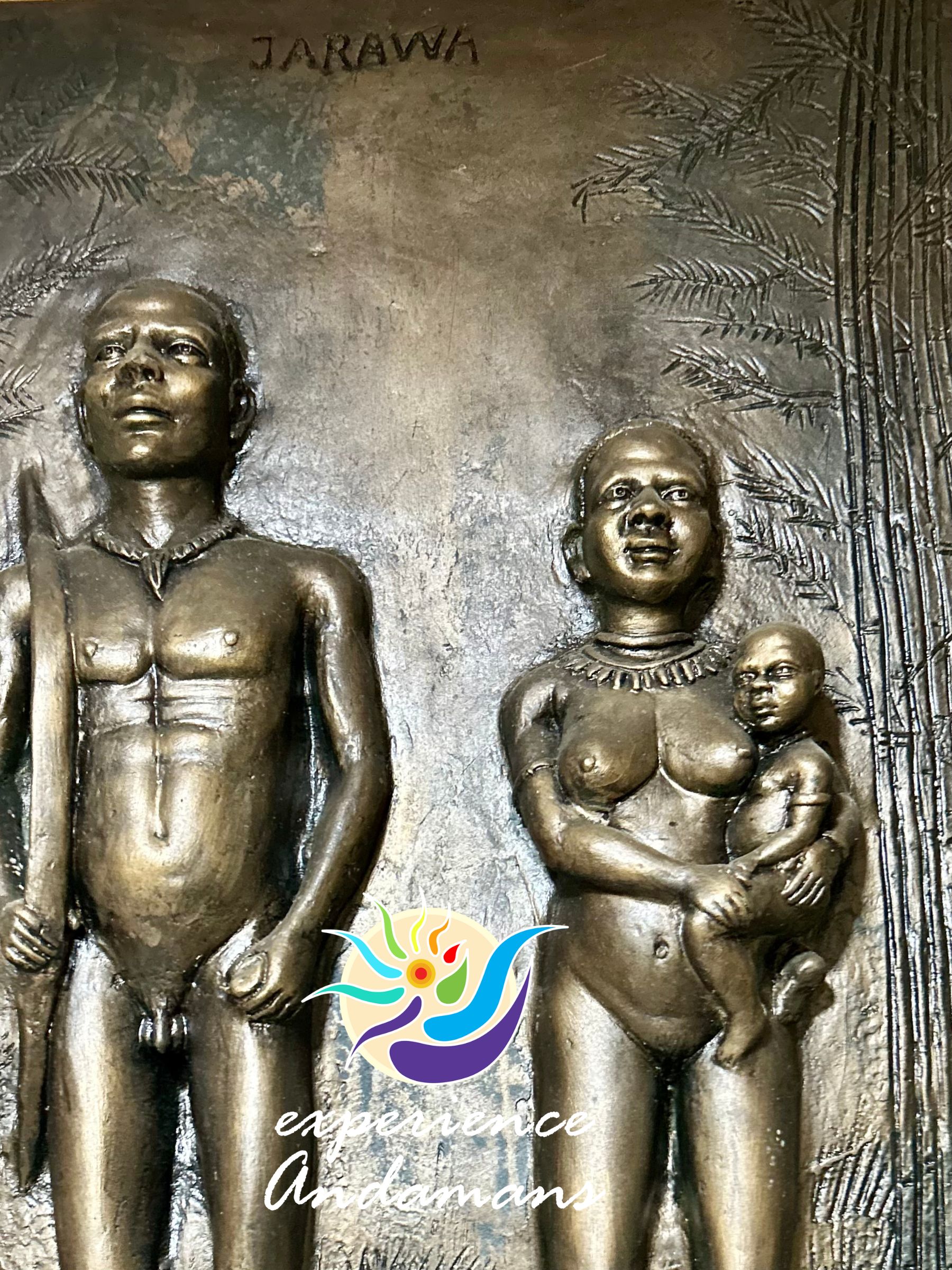
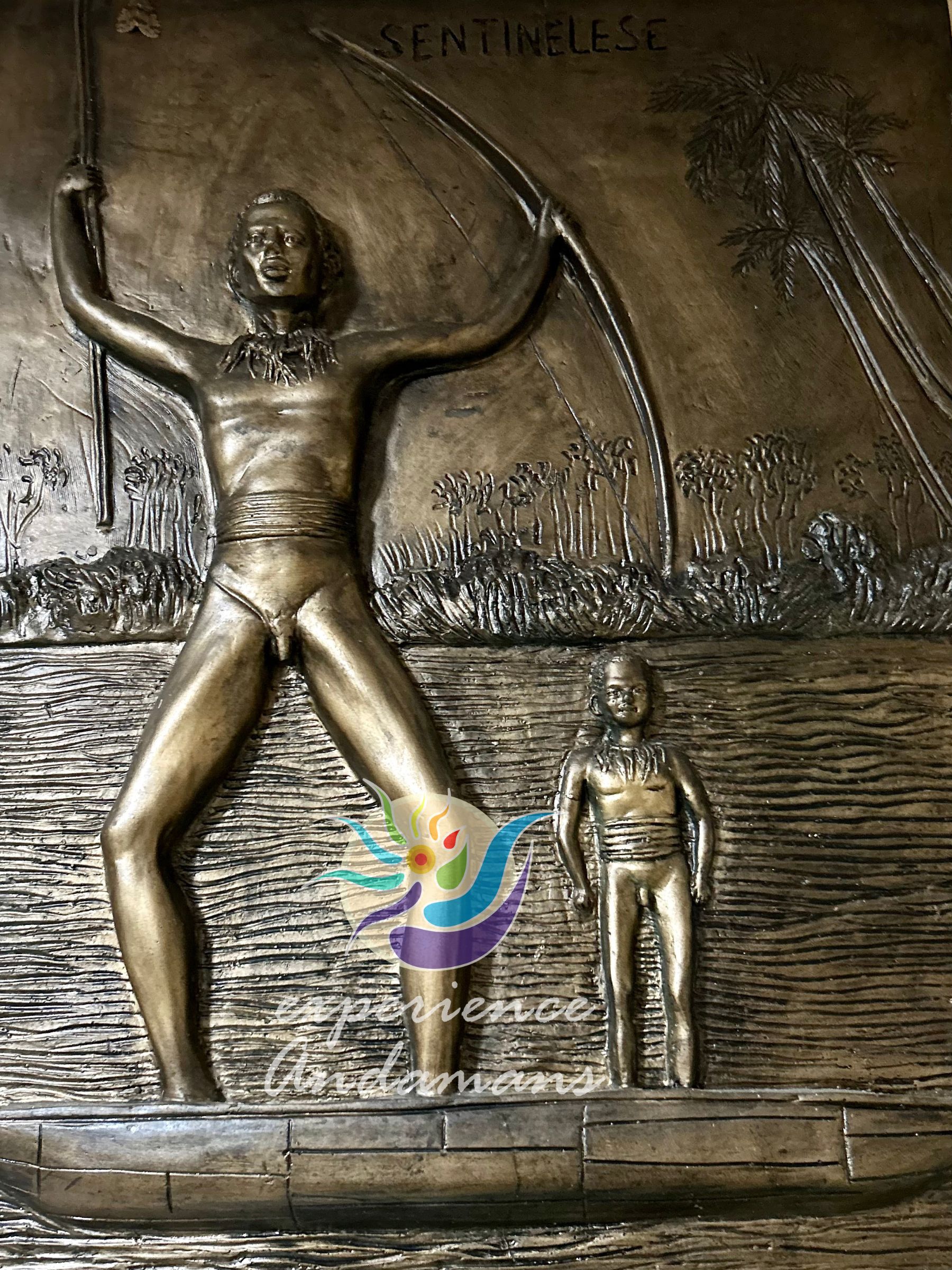
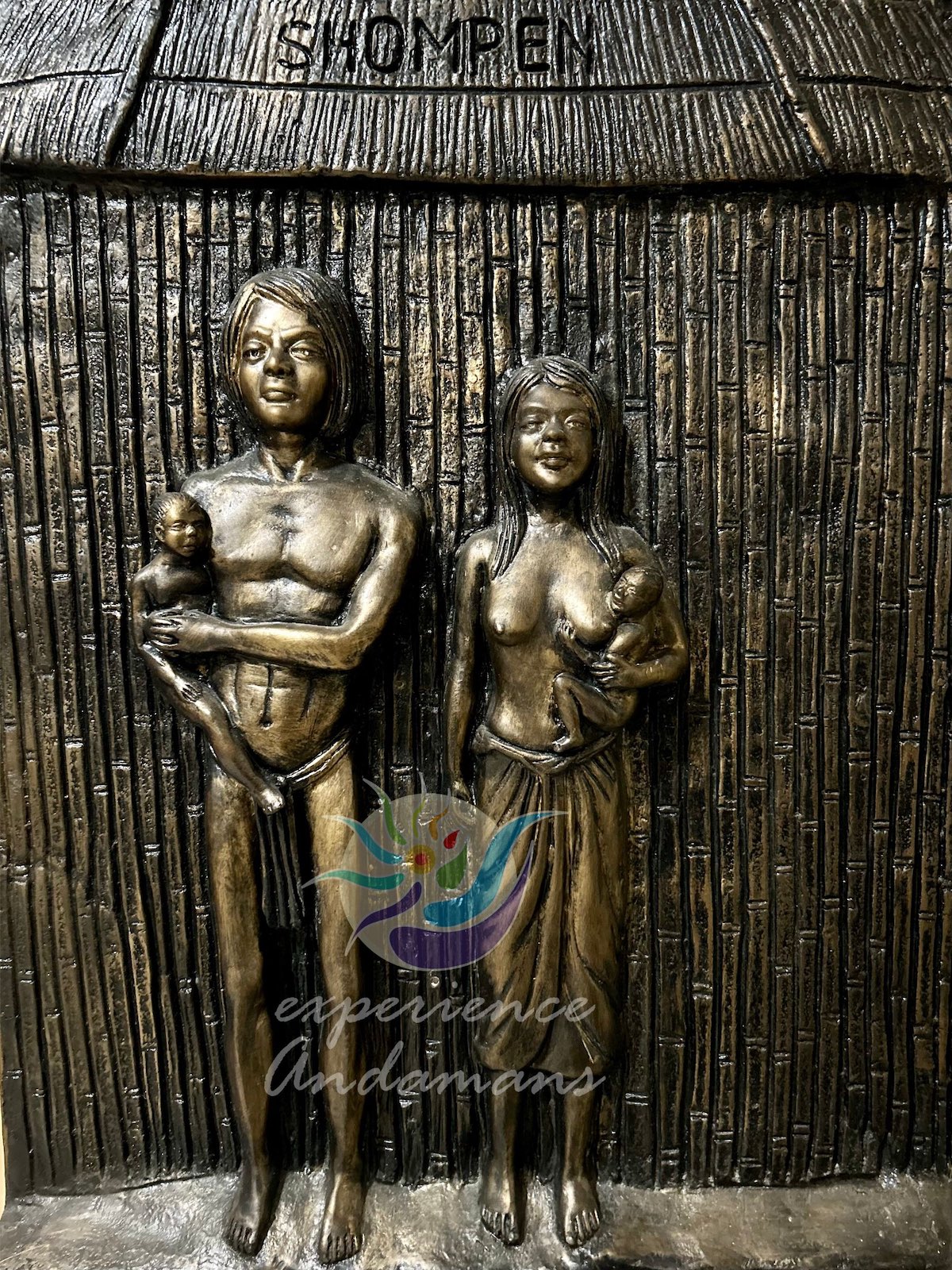
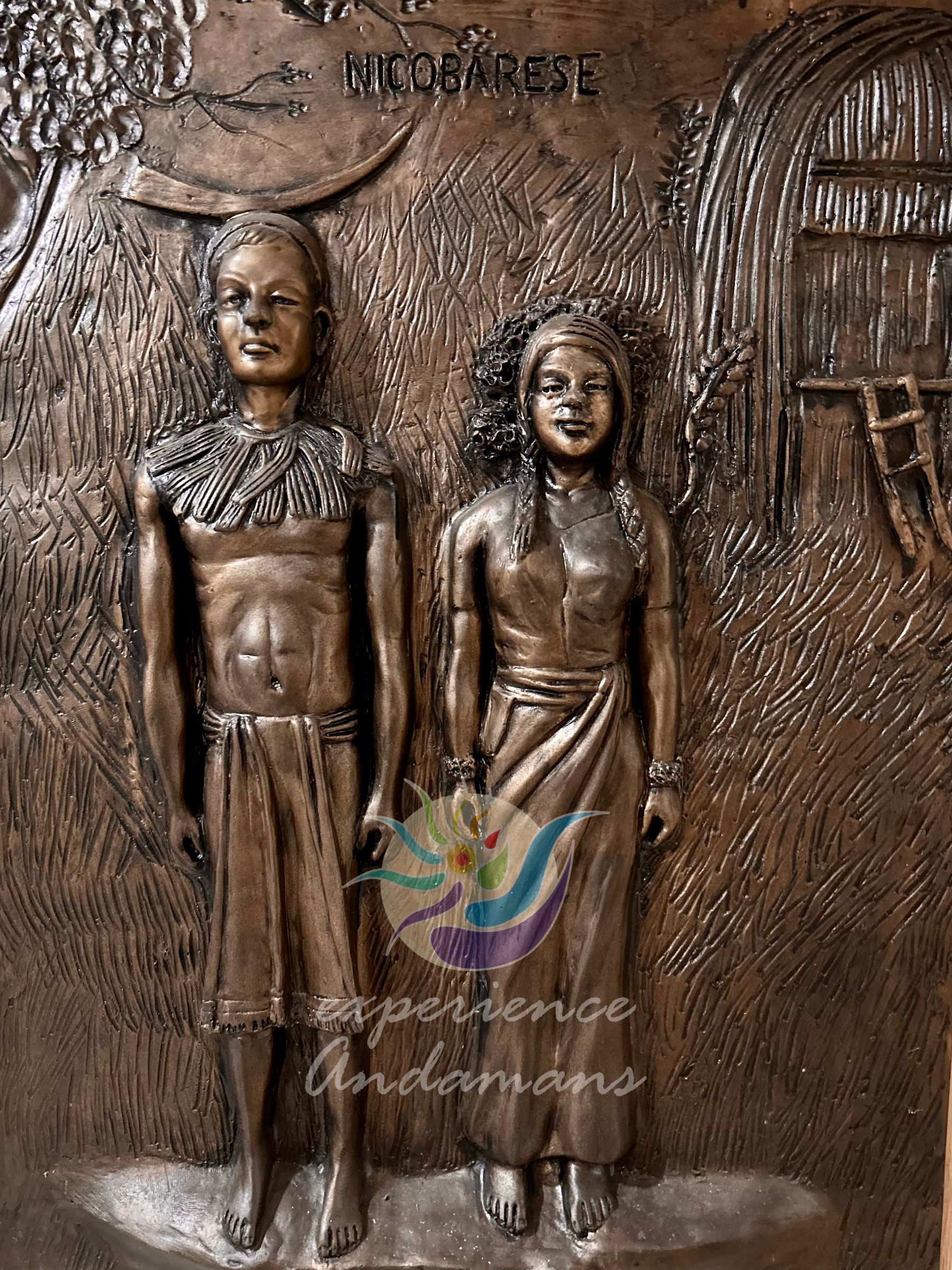
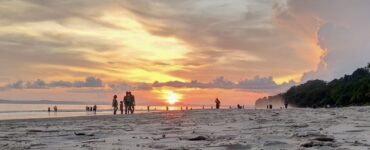
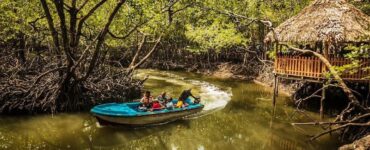
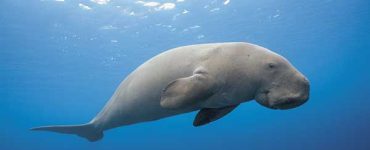
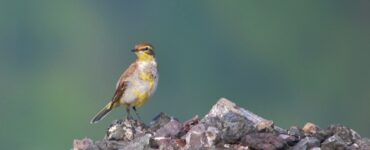
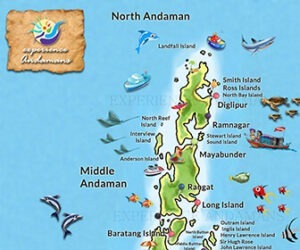








Add comment